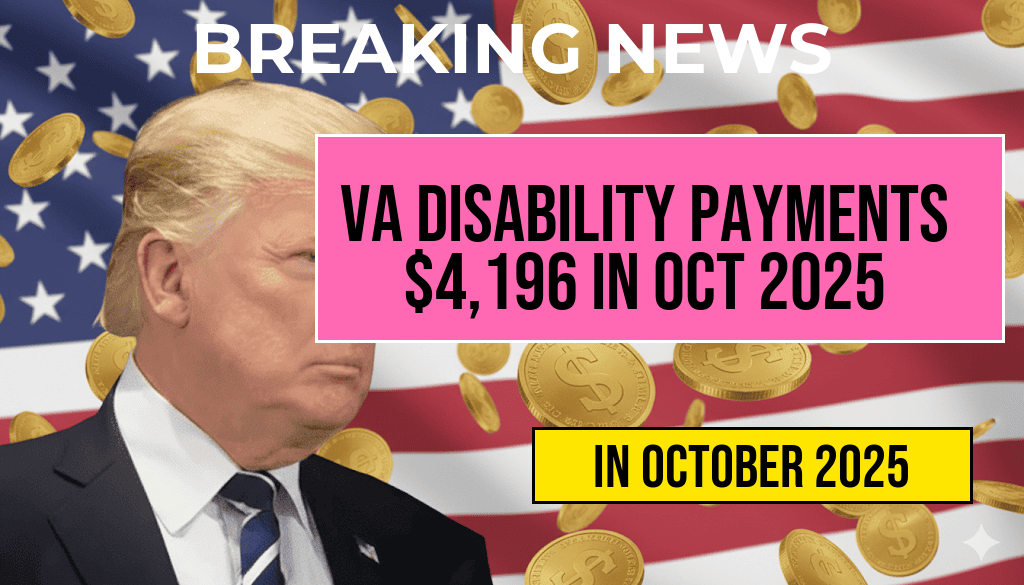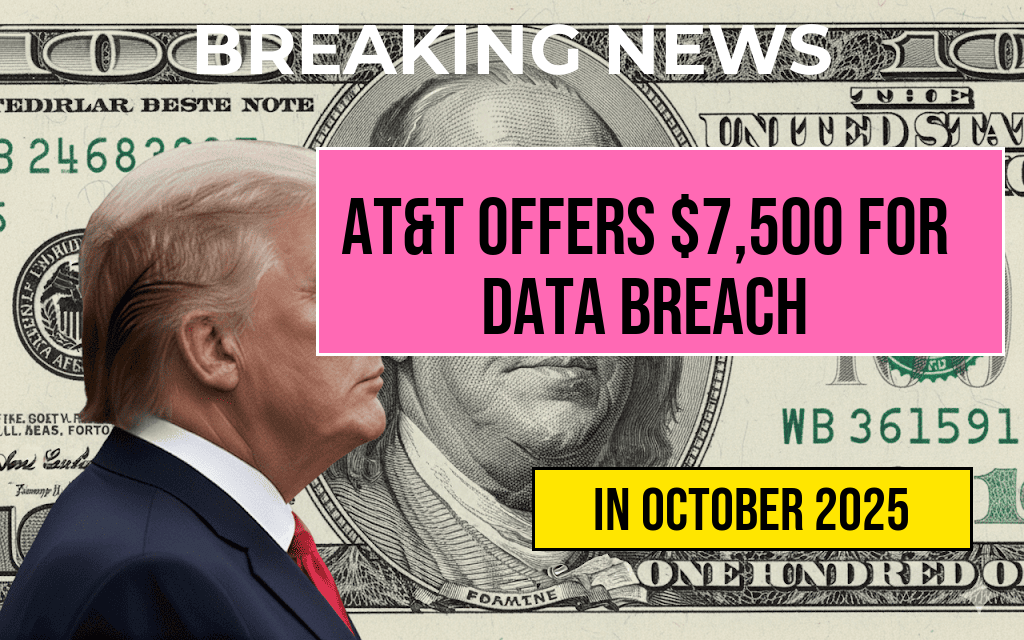As the gig economy continues to expand, many Americans engage in side hustles to supplement their income. A key consideration for these independent workers is understanding when they are required to receive a Form 1099-K from payment processors and how much earnings threshold triggers reporting obligations. Recent discussions among tax professionals and regulatory agencies suggest a potential shift in reporting thresholds, with some advocating for the current $20,000 earnings mark to serve as the primary cutoff. This proposal aims to streamline tax compliance, reduce administrative burdens for small-scale earners, and maintain effective oversight of taxable income generated through digital platforms.
Understanding the 1099-K Reporting Framework
The Form 1099-K is used by payment settlement entities to report transactions made through third-party payment networks such as PayPal, Venmo, and platforms like Etsy or eBay. The Internal Revenue Service (IRS) requires these entities to issue a 1099-K to individuals whose gross payments exceed specified thresholds in a calendar year. Historically, the threshold for reporting has been set at $20,000 in gross payments and 200 transactions within a year, a standard established by the IRS to distinguish between casual sellers and active business operators.
Current Threshold and Its Implications
- Gross payments of $20,000 or more
- 200 transactions or more in a calendar year
This dual threshold has historically aimed to prevent small-scale individuals from being inundated with tax reporting obligations. However, recent debates question whether the current thresholds accurately capture the needs of modern gig workers and side hustlers, especially as digital payment platforms become more prevalent for casual and part-time activities.
Proposed Changes and Rationale
The IRS and policymakers are considering a simplified approach that would issue 1099-Ks only when earnings surpass $20,000 in annual gross payments, removing the transaction count criterion. Advocates argue this would:
- Reduce unnecessary reporting for low-volume earners
- Lower administrative overhead for small-scale sellers and casual gig workers
- Encourage compliance without overburdening individuals who generate modest income through side jobs
Conversely, critics highlight potential challenges, including the risk of underreporting and tax evasion, especially among those who might intentionally stay below the threshold to avoid tax obligations. The debate underscores the need for a balanced approach that captures genuine income without discouraging participation in the gig economy.
Impacts on Side Hustlers and Small Business Owners
For the average gig worker
Many individuals earning supplemental income through platforms like Uber, Airbnb, or online marketplaces might find the proposed threshold more manageable. Under the current rules, they often receive 1099-K forms even with relatively modest earnings, creating confusion about tax obligations. Simplifying the threshold to $20,000 could reduce the number of these forms issued, easing the filing process.
For small business owners and casual sellers
Those operating as informal entrepreneurs might benefit from clearer guidelines that align with typical earning patterns. However, some small-scale sellers who earn just below the threshold could still be required to report income through other channels, ensuring transparency.
Legal and Regulatory Considerations
The proposed threshold adjustment aligns with efforts to modernize tax reporting standards in the digital economy. The IRS has been exploring ways to enhance compliance while minimizing undue burden on taxpayers. Changes to the 1099-K reporting rules would require legislative approval, and stakeholders include tax authorities, industry representatives, and consumer advocates.
Potential challenges and safeguards
| Aspect | Current Standard | Proposed Standard |
|---|---|---|
| Gross Payment Threshold | $20,000 | $20,000 |
| Transaction Count | 200 transactions | Removed |
| Reporting Frequency | Annual | Annual |
While simplification offers benefits, authorities emphasize the importance of ensuring compliance through other enforcement mechanisms and clear guidance to prevent inadvertent underreporting.
Looking Ahead
As discussions continue, the industry and tax experts await formal proposals and legislative action. Any adjustments to the 1099-K reporting thresholds will influence how millions of Americans manage their side hustle earnings and fulfill tax responsibilities. Stakeholders emphasize the need for transparent communication and supportive resources to help small-scale earners navigate the evolving regulatory landscape.
For comprehensive guidance on tax reporting requirements for gig workers and small business owners, the IRS provides resources on their official website. Staying informed about potential changes ensures individuals remain compliant and can make informed decisions about their income reporting.
Frequently Asked Questions
What is the current threshold for issuing a 1099-K form?
The 1099-K form is issued only when earnings from a side hustle surpass $20,000 in gross payments during a calendar year.
Why was the threshold for 1099-K issuance increased to $20,000?
The threshold was raised to reduce reporting burdens on small sellers and side hustlers, focusing IRS oversight on those with significant income from their payments.
How does the threshold affect side hustle workers?
Side hustle workers will only receive a 1099-K if their gross earnings exceed $20,000 and they have more than 200 transactions in a year, potentially reducing tax reporting obligations for smaller earners.
What should side hustle workers do if they earn less than $20,000?
If your earnings are below the $20,000 threshold, you are not automatically issued a 1099-K. However, you are still responsible for reporting all income on your tax return.
Are there any exceptions to the $20,000 threshold for issuing a 1099-K?
Yes, certain states or payment processors may have different reporting requirements, so it’s important to stay informed about specific local or platform-related regulations.







